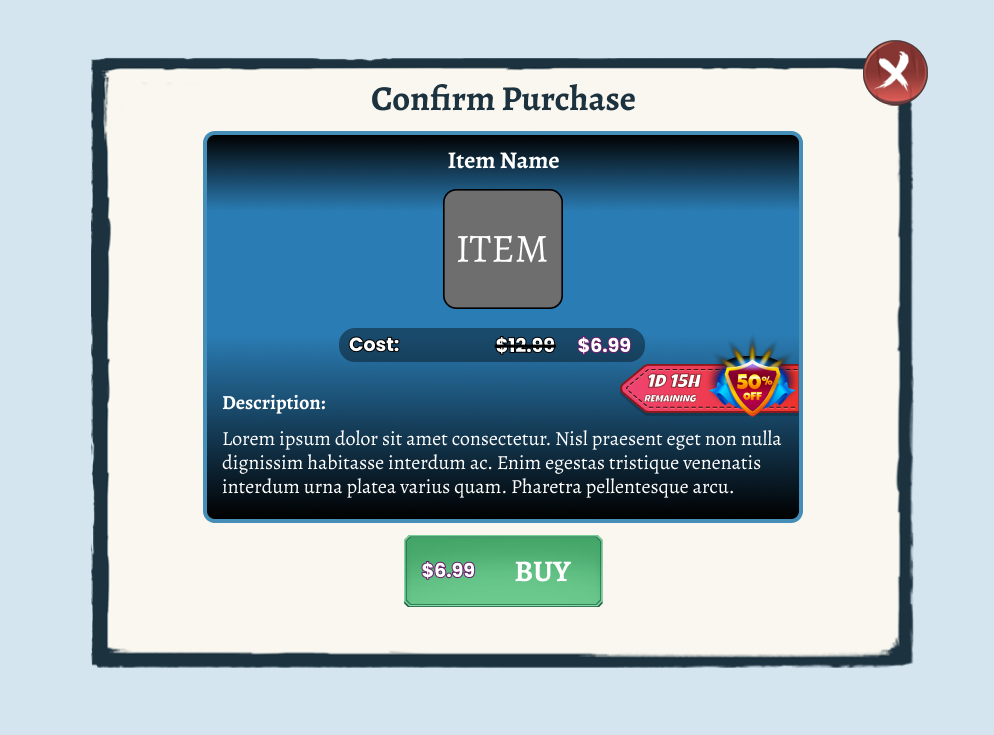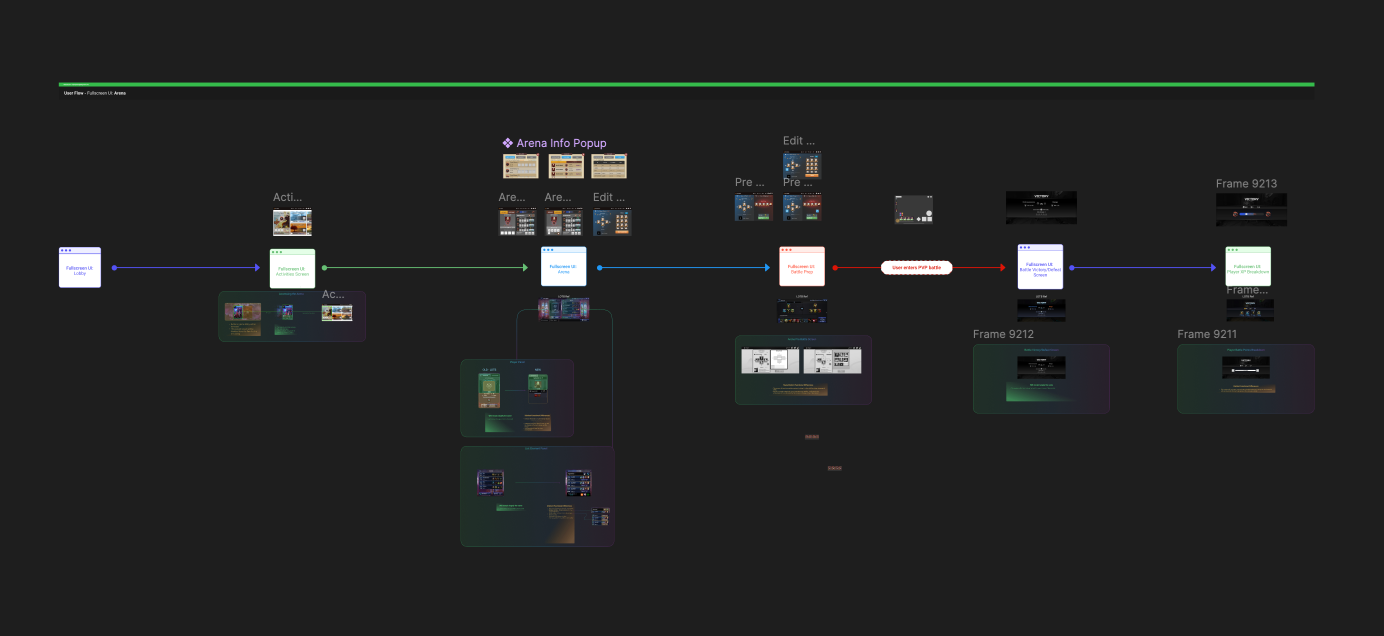Clients:
Navigator Games (Developer)
Square Enix London Mobile (Production)
Paramount Pictures (IP Owner)
Role: UX Lead
Duration: September 2021 – September 2023
Overview
Avatar: Generations was a mobile turn-based RPG set in Nickelodeon’s Avatar: The Last Airbender universe. With multiple high-profile stakeholders—Navigator Games, Square Enix London Mobile, and Paramount Pictures—the project demanded a careful balance of creative vision, technical feasibility, and brand consistency.
Mandate: Lead UX strategy and execution across cross-functional teams—driving alignment, clarity, and process maturity. I introduced scalable systems and frameworks to streamline collaboration, enhance usability, and elevate the overall player experience.
Key Challenges
My Approach
I started as a UI/UX designer translating technical briefs into intuitive designs using Figma. Over time, I transitioned into a leadership role, where I:
![]()
This standardized process served as our roadmap, aligning teams toward common goals.
Goals & Strategy
With improved processes in place, we focused on a clear goal: Identify and target UX friction points to enhance player satisfaction, session length, and monetization opportunities.
We approached this challenge like mastering the elements—balancing creative direction, engineering feasibility, and user needs to deliver a holistic product vision.
Selected Outcomes & Achievements
Revamping the Combat System
Result: Players found the combat more intuitive, spending more time exploring battles and engaging with the game’s strategic depth.
![]()
Clarity in combat led to more satisfying and informed decision-making for players.
Consistent, Scalable Design Systems
Impact: Reduced development time, minimized design inconsistencies, and fostered player trust through predictable interfaces.

Consistency builds user confidence and streamlines development.
Store & Monetization Improvements (Roadmap)
PVP System Implementation
Result: Enhanced user retention by making competitive play more accessible and rewarding.

A transparent PVP system motivates players to compete, return, and invest time in the game.
Learnings
While we delivered strong design solutions and received positive user feedback, external business decisions ultimately led to the project’s cancellation. Changing priorities and limited market traction prompted Paramount and Embracer Group to sunset the game.
The biggest takeaway? Designing successful products in gaming—especially in high-stakes, multi-stakeholder environments—requires more than elegant interfaces. It demands strong leadership, empathy for both players and partners, and processes that bring clarity across disciplines.
If you’re working on something ambitious and looking for a UX leader to help align teams and deliver results, let’s connect.